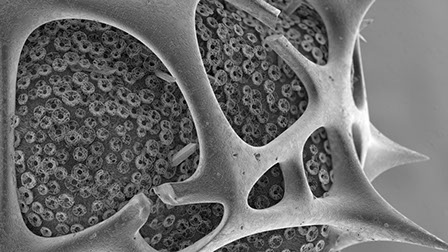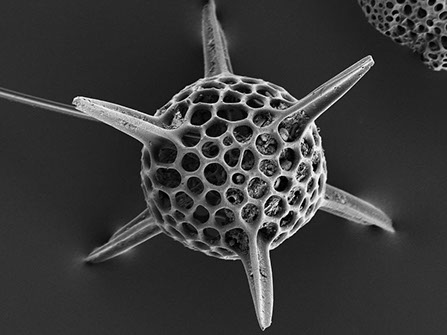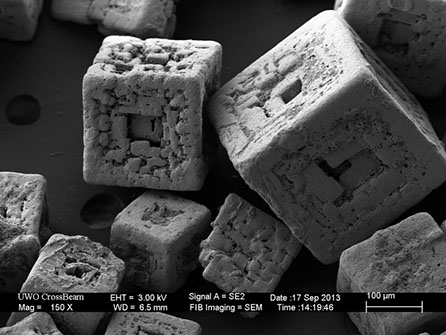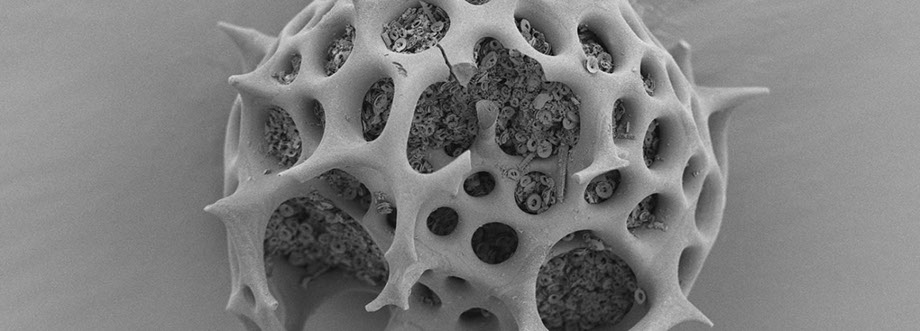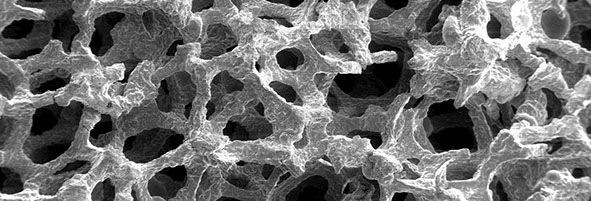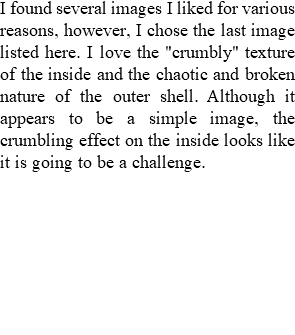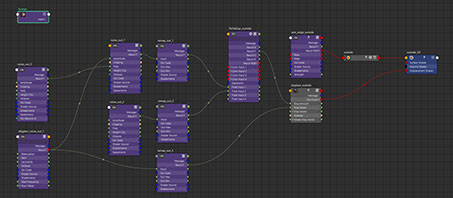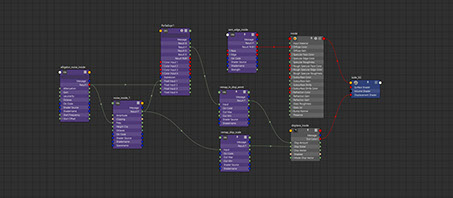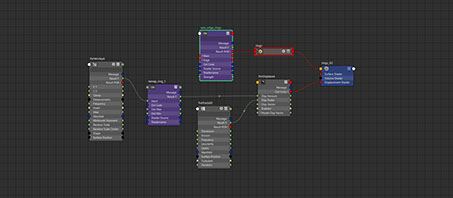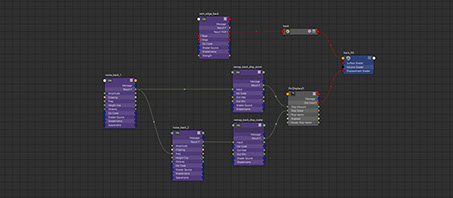

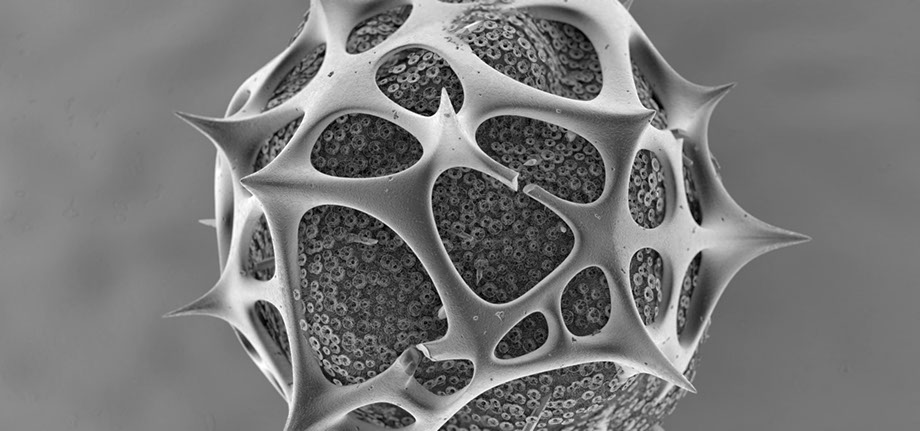
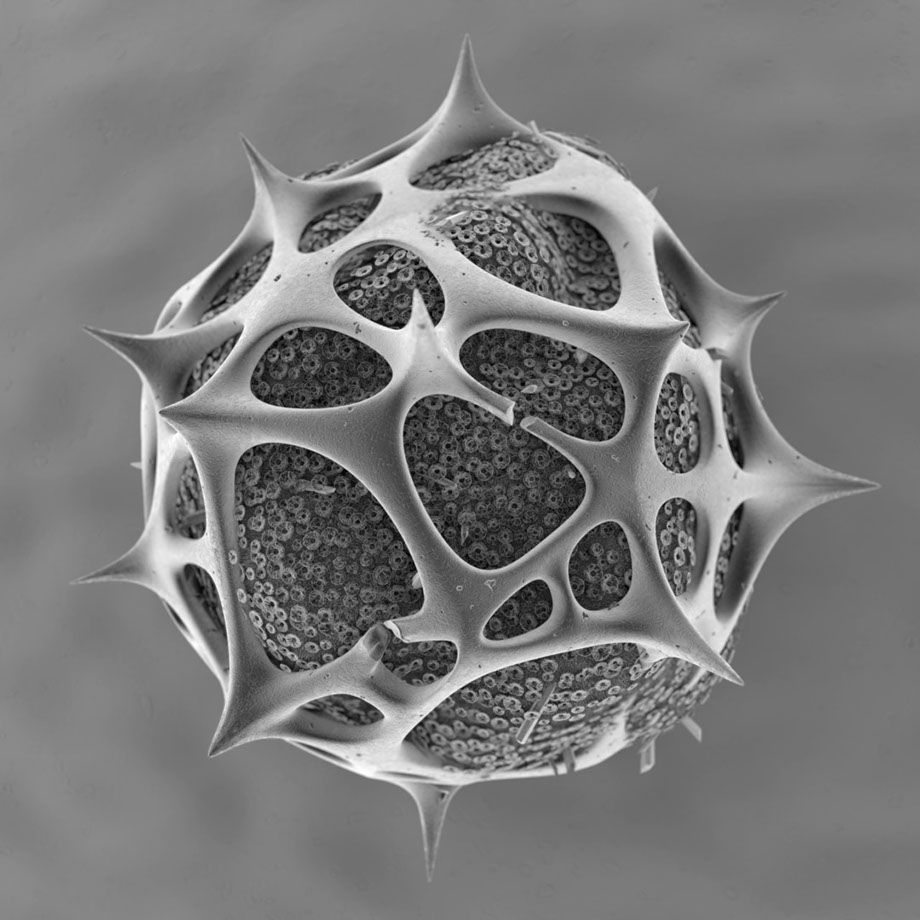
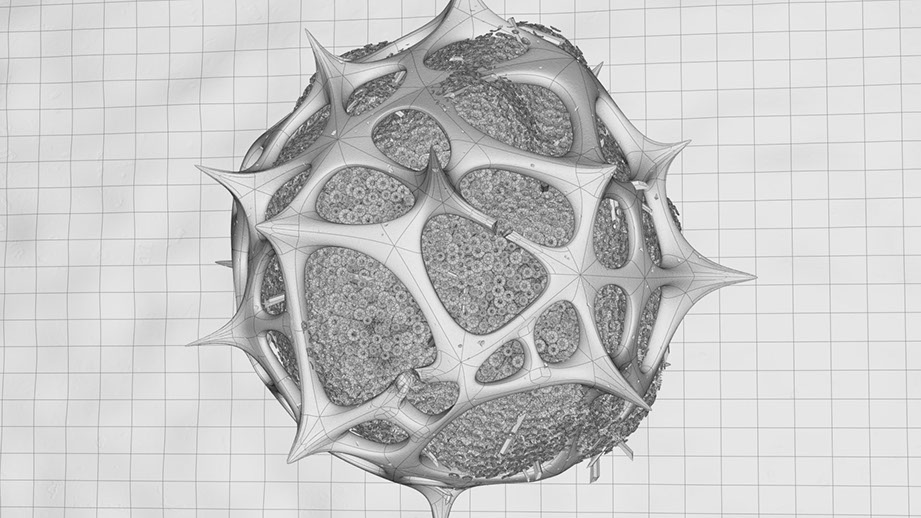


pxrSeExpr
resultF = floatInput1 + floatInput2;
resultF
pxrSeExpr
anze = floatInput2;
pnze = pow(floatInput1, 3);
combined = (anze + pnze);
resultF = (combined - 1);
resultF


shader
simple_remap
(
float input = 0,
float outMin = 0,
float outMax = 1,
output float resultF = 0
)
{
resultF = input * (outMax - outMin) + outMin;
}
shader
SEM_Edge
(
color base = 1,
color edge = color(1,0,0),
float strength = 1,
output color resultRGB = 0,
output float resultF = 0)
{
vector n = normalize(N);
vector i = normalize(I);
float d = 1 - abs(dot(n, -i));
d = pow(d, strength);
resultRGB = mix(base, edge, d);
resultF = d;
}
shader
SEM_Noise
(
float freq = 8,
float amplitude = 1,
int octaves = 3
[[
string label = "Details",
]],
float height_clip = -1,
int clipping = 1 [[ string widget = "checkBox"]],
string spacename = "object",
output float resultF = 0)
{
point p = transform(spacename, P);
int n;
float FREQ = freq;
float AMPL = amplitude;
for(n = 0; n < octaves; n++) {
resultF += noise("perlin", p * FREQ)/AMPL;
FREQ *= 2;
AMPL *= 2;
}
if(clipping > 0) {
resultF -= height_clip;
if(resultF < 0)
resultF = 0;
}
}
/*
* Copyright (c) 2016
* Side Effects Software Inc. All rights reserved.
*
* Redistribution and use of Houdini Development Kit samples in source and
* binary forms, with or without modification, are permitted provided that the
* following conditions are met:
* 1. Redistributions of source code must retain the above copyright notice,
* this list of conditions and the following disclaimer.
* 2. The name of Side Effects Software may not be used to endorse or
* promote products derived from this software without specific prior
* written permission.
*
* THIS SOFTWARE IS PROVIDED BY SIDE EFFECTS SOFTWARE `AS IS' AND ANY EXPRESS
* OR IMPLIED WARRANTIES, INCLUDING, BUT NOT LIMITED TO, THE IMPLIED WARRANTIES
* OF MERCHANTABILITY AND FITNESS FOR A PARTICULAR PURPOSE ARE DISCLAIMED. IN
* NO EVENT SHALL SIDE EFFECTS SOFTWARE BE LIABLE FOR ANY DIRECT, INDIRECT,
* INCIDENTAL, SPECIAL, EXEMPLARY, OR CONSEQUENTIAL DAMAGES (INCLUDING, BUT NOT
* LIMITED TO, PROCUREMENT OF SUBSTITUTE GOODS OR SERVICES; LOSS OF USE, DATA,
* OR PROFITS; OR BUSINESS INTERRUPTION) HOWEVER CAUSED AND ON ANY THEORY OF
* LIABILITY, WHETHER IN CONTRACT, STRICT LIABILITY, OR TORT (INCLUDING
* NEGLIGENCE OR OTHERWISE) ARISING IN ANY WAY OUT OF THE USE OF THIS SOFTWARE,
* EVEN IF ADVISED OF THE POSSIBILITY OF SUCH DAMAGE.
*
*----------------------------------------------------------------------------
*/
/// Alligator Noise is provided by Side Effects Software Inc. and is licensed
/// under a Creative Commons Attribution-ShareAlike 4.0 International License.
///
/// Author: "Side Effects Software Inc"
/// Source: "http://www.sidefx.com/docs/hdk15.0/alligator_2alligator_8_c-example.html"
/// License: "http://creativecommons.org/licenses/by-sa/4.0/"
///
/// Translated and modified by Ivan Mavrov, Chaos Group Ltd. 2016
/// Contact: ivan.mavrov@chaosgroup.com
/// 3D Alligator noise implementation.
/// Returned values are in the [0, 1] range.
float alligatorNoise3D(point position) {
vector cellOffsets[27] = {
vector( 0, 0, 0),
vector( 1, 0, 0),
vector( 1, 1, 0),
vector( 0, 1, 0),
vector(-1, 1, 0),
vector(-1, 0, 0),
vector(-1, -1, 0),
vector( 0, -1, 0),
vector( 1, -1, 0),
vector( 0, 0, -1),
vector( 1, 0, -1),
vector( 1, 1, -1),
vector( 0, 1, -1),
vector(-1, 1, -1),
vector(-1, 0, -1),
vector(-1, -1, -1),
vector( 0, -1, -1),
vector( 1, -1, -1),
vector( 0, 0, 1),
vector( 1, 0, 1),
vector( 1, 1, 1),
vector( 0, 1, 1),
vector(-1, 1, 1),
vector(-1, 0, 1),
vector(-1, -1, 1),
vector( 0, -1, 1),
vector( 1, -1, 1)
};
point iPosition = floor(position);
float firstReverseSmoothPointDistance = 0.0;
float secondReverseSmoothPointDistance = 0.0;
for (int cellIndex = 0; cellIndex < 27; ++cellIndex) {
point cellOrigin = iPosition + cellOffsets[cellIndex];
vector cellPointOffset = cellnoise(cellOrigin, 0.0);
point cellPointPosition = cellOrigin + cellPointOffset;
float cellPointDistance = distance(position, cellPointPosition);
if (cellPointDistance < 1.0) {
float reverseSmoothDistance = smoothstep(0.0, 1.0, 1.0 - cellPointDistance);
float distanceMultiplier = float(cellnoise(cellOrigin, 1.0));
reverseSmoothDistance *= distanceMultiplier;
if (firstReverseSmoothPointDistance < reverseSmoothDistance) {
secondReverseSmoothPointDistance = firstReverseSmoothPointDistance;
firstReverseSmoothPointDistance = reverseSmoothDistance;
} else {
if (secondReverseSmoothPointDistance < reverseSmoothDistance) {
secondReverseSmoothPointDistance = reverseSmoothDistance;
}
}
}
}
return firstReverseSmoothPointDistance - secondReverseSmoothPointDistance;
}
/// 3D Fractal Alligator noise implementation.
/// Returned values are in the [-1, 1] range.
float fractalAlligatorNoise3D(
point position,
float lacunarity, // Houdini 2.0
float gain, // Houdini rough
int octaveCount // Houdini turbulence - 1
) {
float noiseValue = 0.0;
float amplitude = 1.0;
for (int octave = 0; octave < octaveCount; ++octave) {
noiseValue += amplitude * (alligatorNoise3D(position) - 0.5);
position *= lacunarity;
amplitude *= gain;
}
return noiseValue;
}
shader
FractalAlligatorNoise
(
float start_frequency = 1.0
[[ string description = "Initial sampling position multiplier that affects the overall granularity." ]],
vector start_offset = vector(0.0)
[[ string description = "Offsets the initial sampling position effectively shifting the pattern in the specified direction." ]],
float lacunarity = 2.0
[[ string description = "Position (frequency) multiplier per iteration." ]],
float gain = 0.5
[[ string description = "Amplitude multiplier per iteration." ]],
int octaves = 8
[[ string description = "Number of fractal iterations." ]],
float attenuation = 1.0
[[ string description = "The power of the falloff applied to the final result." ]],
output color result = 0.0
) {
point objectPosition = transform("object", P);
point startPosition = start_frequency * objectPosition - start_offset;
float noiseValue = fractalAlligatorNoise3D(startPosition, lacunarity, gain, octaves);
noiseValue = 0.5 * noiseValue + 0.5;
noiseValue = pow(noiseValue, attenuation);
result = color(noiseValue);
}





